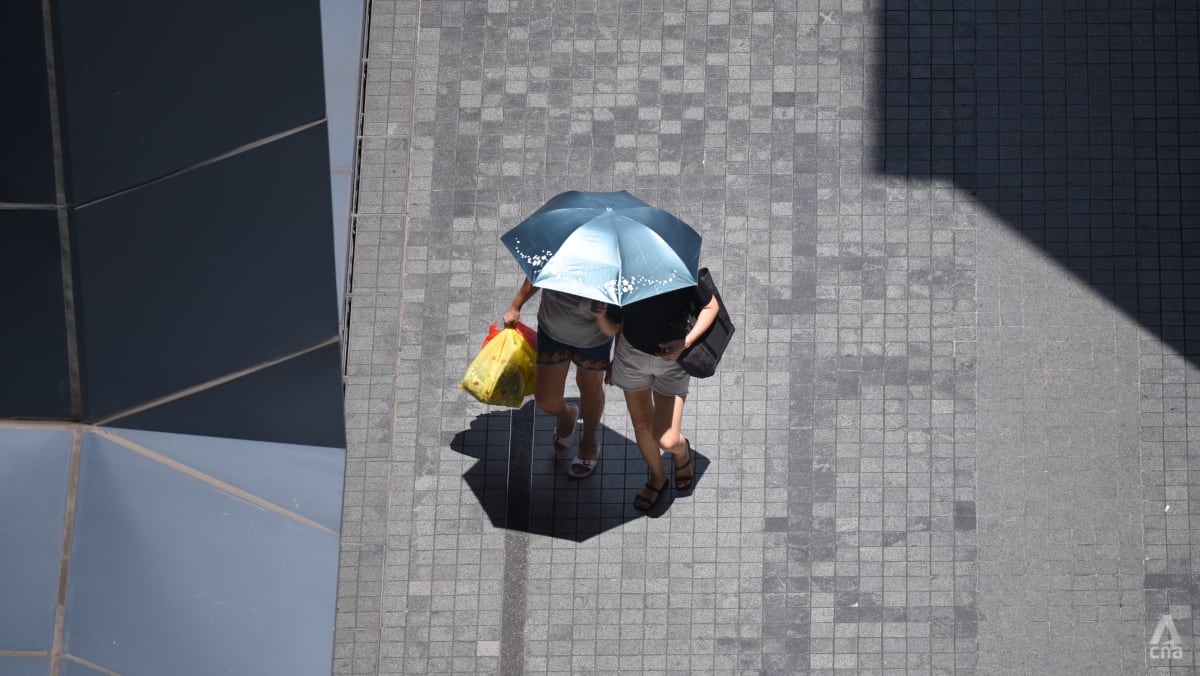The warm temperatures, together with other factors such as humidity, wind speed and solar radiation, contributed to occurrences of high heat stress, the Met Service said.
In 2023, Singapore endured 37 days of high heat stress, which occurred mostly in April, May, June and October.
The country did, however, experience a cool start to the year, with below-average monthly temperatures recorded at the Changi climate station from January to March.
“In particular, March – 27.1 degrees Celsius – was 0.7 degrees Celsius below the month’s long-term mean and was the coolest March in the last 10 years,” the Met Service said.
The Met Service also reported that Singapore’s annual total rainfall for 2023 averaged across 32 stations islandwide was 2,866.1mm. This was 13.1 per cent above the long-term average of 2,534.3mm, and made last year the seventh-wettest year since 1980.
“Although 2023 was generally wet, there were drier than normal months in April, May, August and October. These months also turned out to be the top 10 driest for their respective months since 1980,” it said.
The wettest day of 2023 was Feb 28, with 225.5mm of rain recorded at the Met Service’s Kallang station. Singapore saw its coolest day of the year the next day, with a temperature of 21.1 degrees Celsius recorded at the Met Service station in Newton on Mar 1.
December was the wettest month of the year, with 569.4mm of rain recorded at the Met Service’s Woodlands station.







